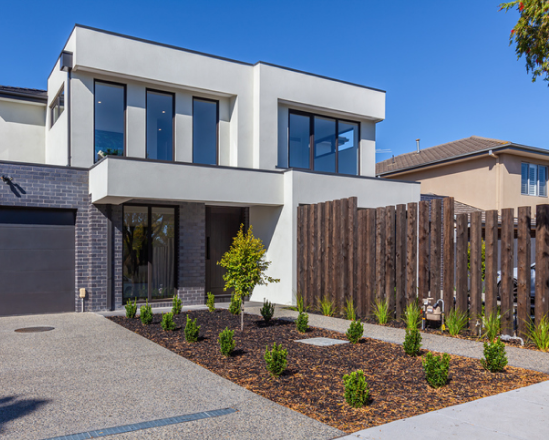Top 5 Property Types
Today’s investors have lots of options when it comes to finding residential property to purchase. Where, in the past, the options were either a house or an apartment, there are now a variety of housing styles that attract different audiences and offer different opportunities for those looking to enter the real estate market.
We have identified the five main property types below and how each could make a good investment.
Home and Land
A house is a single residential dwelling on its own property, with no shared dwellings or land. In technical terms, it is a freestanding building on a freehold block of land. Home and land packages typically include a property with between three and five bedrooms and one and three bathrooms, with several common areas, car space, and a yard. If you are looking at a house as an investment, it is important to consider your target audience, location, and age of the property. Home and land can provide good capital growth if the property appeals to renters.
Apartment
Perhaps one of the most common types of investment properties, apartments are individual living spaces that make up part of a multi-unit building two-storeys or higher. They come in a wide array of sizes and layouts, from studio apartments to penthouses, but typically have shared amenities such as green space, a pool, gym, or laundry. It is important to remember these kinds of properties usually include a body corporate or strata manager that looks after communicable spaces and the exterior of buildings. This includes a fee and any work for common areas must be done through these groups or individuals. However, they are also highly desirable and typically easy to rent out if they are near amenities and city centres.
Townhouse
A townhouse is a semi-detached home, usually as part of a set or row of dwellings with a shared driveway. It is a bit of a mix between houses and apartments. Homes are often connected by a wall, with the home itself only accessible by the tenant. The interior layout is often similar to a house. Townhouses can sometimes come under dual occupancy. They can be a good alternative to apartments and homes as they offer a mix of the two, but it is important to remember these kinds of properties are more often for investment purposes rather than owner-occupiers.

Co-Living
A term that has recently gained traction, particularly in a world of lockdowns and high rental costs, co-living refers to affordable housing shared by five or more adult roommates. While they can often be in high-rise buildings with dormitory-style lodging, in Australia, they are often based on larger homes either renovated or made to include a bedroom and bathroom for each occupant. Co-living houses are often three bedroom, three bathroom, with a media room, large kitchen and living spaces, and a 2 car garage. This is a style of investment that is growing in popularity as there is high rentability and resell value.

Dual Occupancy
Dual occupancy, or dual key homes, typically refer to having two homes on the same piece of land. The homes can either be directly attached, like a duplex or townhouse, or constructed as completely separate dwellings. They are often made with high quality soundproofing and privacy features given the shared property. They can be a great investment opportunity as they deliver rent from both dwelling areas, potentially doubling the return on investment.